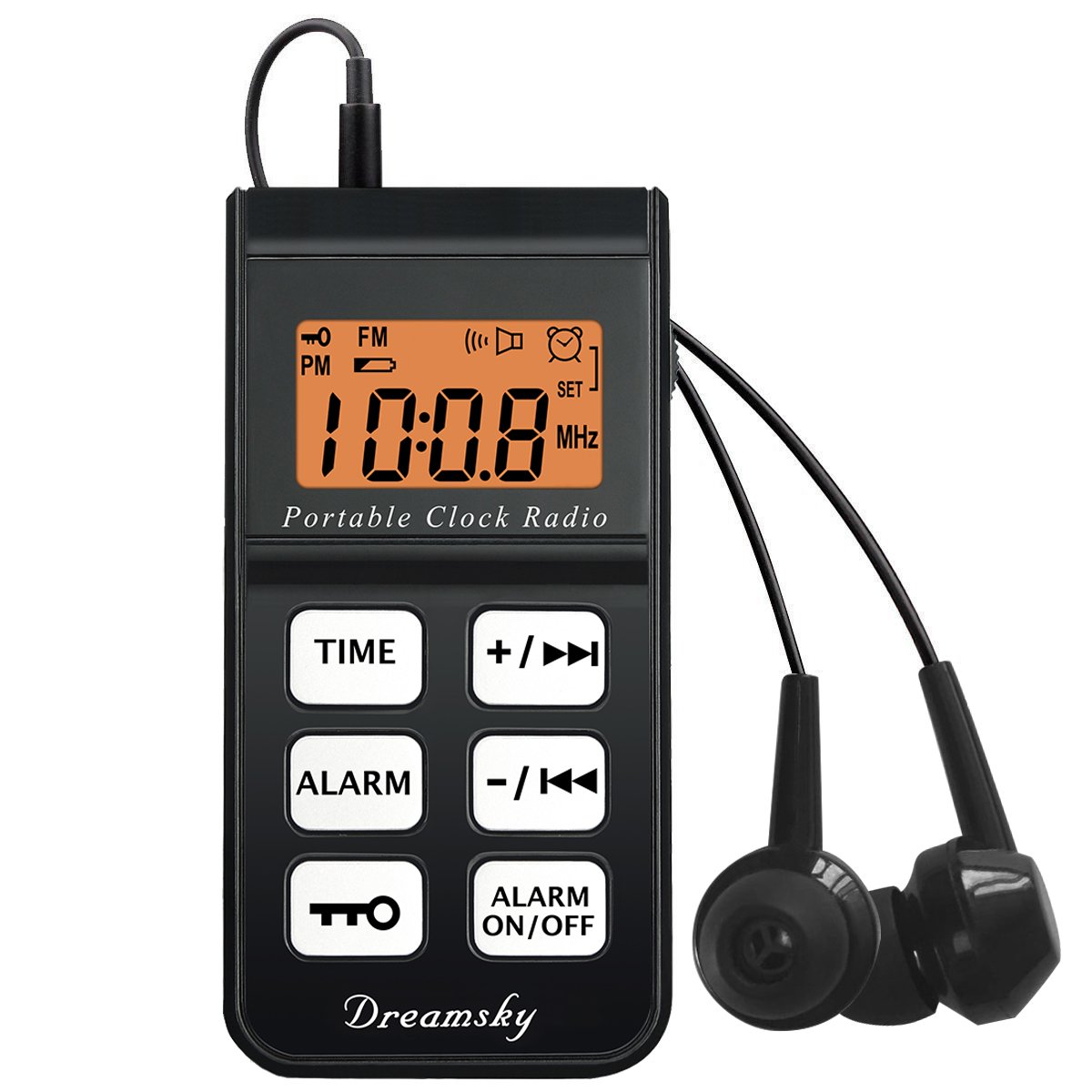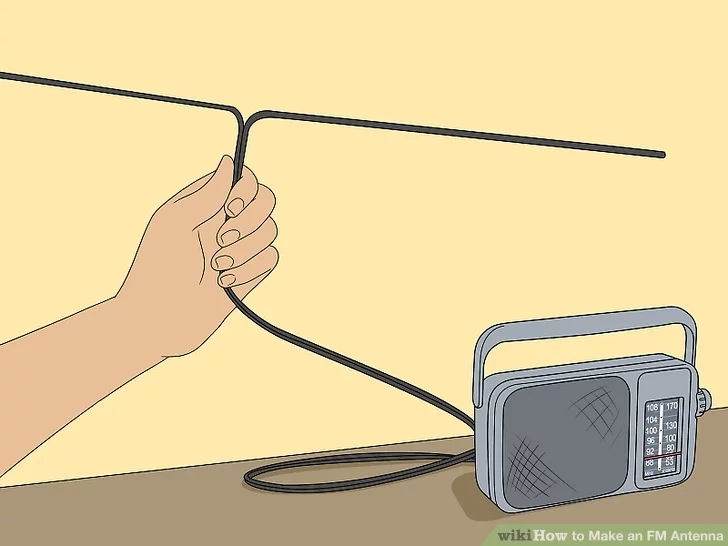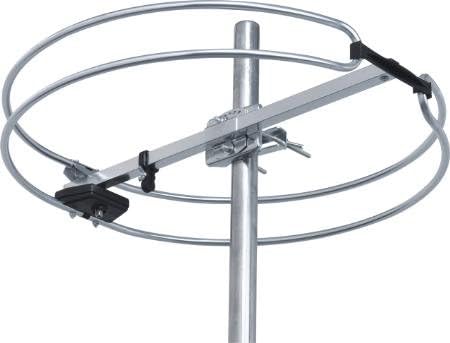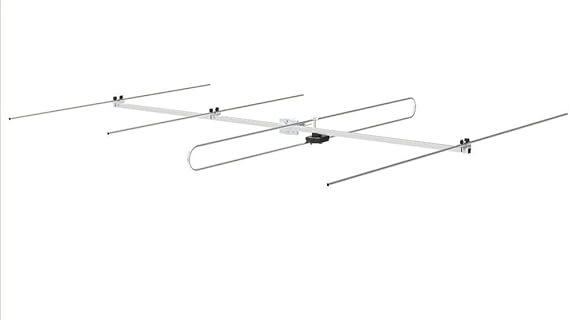Simple changes to listeners’ radios and antennas can be as effective two to ten times more watts of station power.
| For a stronger signal… | ||
|---|---|---|
| Go Up | Go Outdoors | |
| rooftop |  |
|
| top floor |  |
|
| first floor |  |
outdoors |
| basement |  |
|
- You probably already know this from cell phone reception.
- Receiving a signal on lower floors or in a basement can be impossible when there are other buildings nearby.
- Metal walls reduce signal strength, that’s why going outside helps.
- Wood, brick, and cinderblock walls are best because they usually contain very little metal. Cement walls use steel reinforcemnt so are worse. Metal buildings are the worst — like some skyscrapers and big-box stores. Some metal buildings use technology to enable cell phone and sometimes radio reception indoors — simiar to how underground tunnels sometimes have reception.
- Putting an indoor radio by a window can help, but beware high-tech “environmental” and other metal-film-coated windows
There are tons of radios in the world and without testing them it is hard to know how good they are, so take the following generalities with a grain of salt… Much of the success of FM radio reception is also the antenna, rather than the radio.
| poor-fair | No visible antenna (usually small devices) |
My cell phone (Motorola) has an FM radio inside — a real one not an app-advertising gimick which is really an internet stream. But… there’s no visible antenna so like lots of gizmos, it uses the earphone cord as the antenna. This means reception is constantly changing as I move around and if the signal is sketchy to begin with, it is very frustrating. Some of the radios inside these antenna-less gadgets suck too. A random “personal radio” example from Amazon. |
|---|---|---|
| fair | inexpensive desktop clock radios, cheap portables and boom boxes | This type of radio, often an inexpensive clock radio, has a little wire dangling out the back which is the FM antenna, which isn’t removable. Others use the power cord itself as the FM antenna. In both cases, you can move the antenna (power cord) around to get best reception and tape or thumbtack it in the best spot, which solves the earphone antenna problem, but if you need a bigger or outdooor antenna, they don’t make it easy. The boom box versions have telescoping antennas and perform similarly to other inexpensive small portable radios with telescoping antennas.
They’re not purpose-built for demanding FM radio listening, so the radios inside are either crappy or fair. |
| good | High-quality portable radios | These have telescoping antennas — occasionally even two of them or “rabbit ears”, but unlike the cheap portables have good radios inside, and the price will reflect it. A few brands are noteworthy here: Grundig, Sangean, Eton.Their only failing is if you want to use them in a permanent spot, there is no antenna connection for using a different or outdoor antenna. |
| better | High-quality desktop radios with external antenna connectors | Sangean is a standout brand in this market and you can expect to pay from $60 to $120 for one of these. For this price you get an external FM antenna connector, a separate external AM antenna connector, a decent radio tuner, and a heavy full-range speaker which produces good sound at a reasonable volume. The Bose Waveradio is a widely-known example.The easiest way to distinguish this style from cheaper countertop radios is first that they’re heavy, second those all-important antenna connectors on the back, and third is the price.
These are the first go-to radio for difficult reception conditions, because an improved indoor antenna, or an outdoor antenna, can be added. |
| durn good | original-equipment car radios | Car radios have to work in a difficult environment — inside a car with varying temperatures, often a weak signal, and interference from the ignition and automotive electronics; and before cell phones, they could literally be a person’s lifeline during emergencies. So… they have traditionally been some of the very best performers. If you’re creative and handy, junkyards can provide old radios and speakers to turn into good fixed or portable radios (and you’ll need to know about Motorola plugs). Aftermarket car entertainment centers don’t always have great radios. |
| better | A/V, home theater, or “component” radio tuners | In this category they’re going to be called tuners most likely, and not radios. Sometimes they’re built into a home-theater entertainment appliance. Sometimes they’re add-ons, and often rack mounted. Sangean make nice non-rack-mounted ones to plug into an existing audio system. Older-generation radio tuners can frequently be found in pawn shops. For playing a radio station in a business or other larger space with an existing audio system, this is what you’ll need.The tuners are decent to great, and in all cases they have the capability of adding an external antenna, and usually require one, having none built in. That makes these obvious candidates for solving difficult reception problems requiring better antennas. |
Adjust the antenna
You can improve reception for radios with the little wire antennas, and power-line antennas, earphone-cord antennas, and telescoping antennas; by extending those to their full length — size matters.
Get a better antenna
Antenna theory is difficult, and radio waves are constantly bouncing around off of wiring, rebar, and other unpredictable things making prediction, well, unpredictable! So in this section we’ll skip the theory … mostly … and just go through the common options. Size matters. Usually the shortest FM antenna to consider should be around 30 inches long. Although it’s not always true, usually more metal corresponds to better reception.
 Level 1 – the “dorm” or “wire tee” or “wire dipole” antenna. These used are still shipped with component radio tuners. Back in the day, it was common to see these things taped on, or pinned on, dorm walls or ceilings. They are simply a wire tee and you might ask if you can make one out of speaker wire or an extension cord or a pair of wires from ethernet cable, and the answer is… YES. These usually work best the more stretched-out and higher they are — even on the ceiling — and can require a lot of fiddling to find the best position… should they be vertical, or horizontal, or both? Unless they’re really high, weak reception may be affected by people moving nearby.
Level 1 – the “dorm” or “wire tee” or “wire dipole” antenna. These used are still shipped with component radio tuners. Back in the day, it was common to see these things taped on, or pinned on, dorm walls or ceilings. They are simply a wire tee and you might ask if you can make one out of speaker wire or an extension cord or a pair of wires from ethernet cable, and the answer is… YES. These usually work best the more stretched-out and higher they are — even on the ceiling — and can require a lot of fiddling to find the best position… should they be vertical, or horizontal, or both? Unless they’re really high, weak reception may be affected by people moving nearby.
Level 2 – Telescoping antennas including rabbit ears are familiar on portable radios, and should be extended to their full length and oriented either vertically, or so that the side of the antenna points to the station — not the point. Sometimes a telescoping antenna works well for tabletop and component radios, and you can purchase them with the correct connector for that purpose, and many FM stations use the same antennas for their EAS (emergency-alert system) radios.
When two telescoping antennas are used in a “V” shape and called rabbit ears. Not so common any more, they can still be purchased inexpensively. Shop for models where both antennas can extend to around 30 inches — but even the shorter models can help.
 Level 3 antennas are indoor amplified antennas like those from TERK, and also some smaller “outdoor” antennas mounted indoors. A compact antenna which receives equally well from all directions is the omnidirectional circular folded dipole. These cost from $20 to $50 or so and are compact and lightweight, and are good choices for outdoor EAS antennas.
Level 3 antennas are indoor amplified antennas like those from TERK, and also some smaller “outdoor” antennas mounted indoors. A compact antenna which receives equally well from all directions is the omnidirectional circular folded dipole. These cost from $20 to $50 or so and are compact and lightweight, and are good choices for outdoor EAS antennas.
Mount the antenna as high outdoors as you easily can — remember signals get stronger as you go up and out.
Level 4 antennas are for for situations where the omnidirectional outdoor antenna doesn’t cut it. They’re usually “Yagi” or “Yagi-Uda” antennas and are directional, so you can point it to get more signal from the desired station, and can be lifesavers if an unwanted station is stepping on the one you want, and is coming from a different direc tion.
tion.
A basic FM yagi costs $40 to $70 and is lightweight and easy to mount. It’ll work better if you can get it away from other metal and above your roof — all antennas will. For pointing, the longest rod is the back of the antenna and the shortest rod is the front.
Since FM radio is darn close to TV channel 6, TV antennas can work great, and sometimes there’s a free one on the roof, or your neighbors’ roof. These are directional like the yagi. People in rural areas or who found a hobby in trying to pick up distant signals, would sometimes have a TV antenna on the roof, and a remote control rotator to point it in different directions with a convenient indoor knob. I grew up with one.
That’s it for the basic options. For more extreme cases you can get more-impressive, and more-expensive, and heavier and harder-to-mount, yagi antennas.
300 ohm or 75 ohm? FM (and TV) antennas provide either 300- or 75-ohm connections, and radios (and TVs) have either 300- or 75-ohm connections, and you have to know this stuff to purchase the right cable and connectors. Almost everything is 75 ohms these days, and you can buy suitable cable with connectors from, for example, Home Depot, where it will be labeled for cable-TV use or maybe security cameras, and will have F connectors attached. In those few cases where 300 ohms is used, you can tell because instead of the “F” connector, there are screw terminals, to which you attach either just bare wires, or lugs.
Move it a little bit
Have you ever noticed that in a car, you can roll only a couple of feet and get, or lose, reception? That same principle holds for all radio antennas — always try moving them a bit in different directions.
Speaking of cars
Cars used to have telescoping antennas, and if yours still does, extend it to full length, and remember to collapse it for the car wash and in areas where it might be vandalized. Otherwise there’s not much to adjust… The top of a hill is usually going to be better than the bottom, and behind a hill or steel building is going to be worse than in front of it. Lots of car antennas are directional, so you might get better reception pointing the car more toward or away from a station than sideways to it. Fluttering and fading (multipath interference) is common where the signal is starting to get weak.
Cut the interference, even in cars
Electronics and electrical devices often cause interference, and even when you can’t hear it on the radio it can make the radio receiver less sensitive. Some interference obviously comes from everything making sparks (the first Marconi radio used sparks) like your arc welder, the spark plugs in your car and your oil furnace, and the types of motors often found in sewing machines and AC electric drills and blenders.The more subtle culprits which are killing AM radio are our cell-phone chargers, MP3 players, battery chargers, computers and laptops and chargers, etc… Do you leave yours plugged in? If you are having trouble with reception, even in a car, unplug and turn things off.
Some other references: